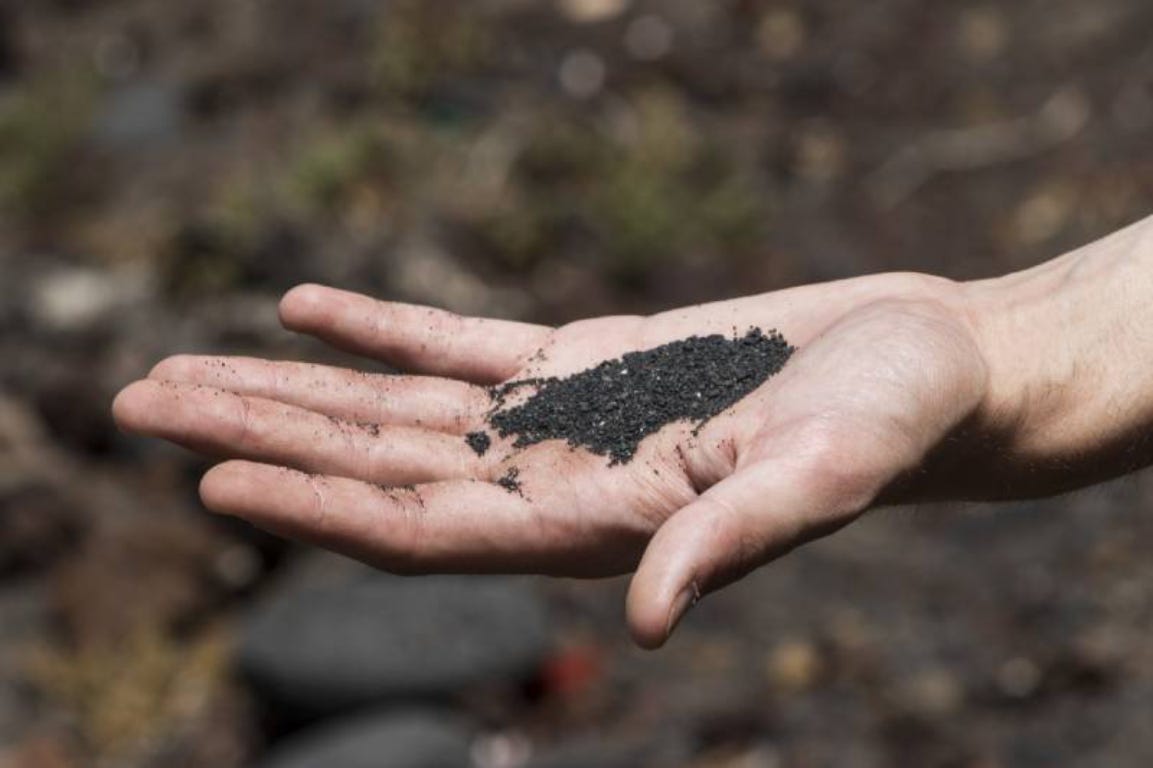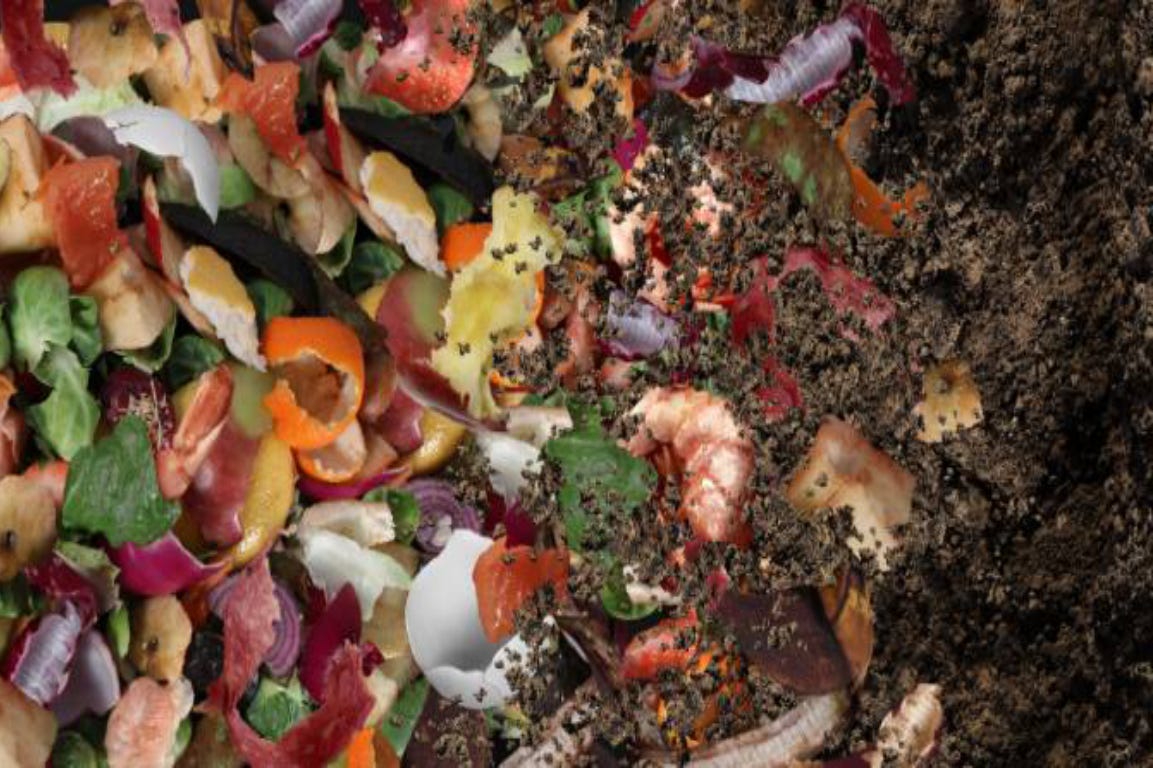- Maintenance tips & tricks
- 4-season garden care advice
- News from the gardening world
- STIGA innovations & new product launches
Take care of the vegetables garden during winter
If you've ever wondered what to do with your vegetable patch in winter, this article is definitely worth a read!

Firstly, it’s vital you don’t leave it exposed to the elements. When the earth is bare, it risks being weakened not only by frost and wind-erosion, but also by the runoff of rain. As a result, the earth will be hard to work with by the time spring arrives. Enriching the soil causes it to be boosted by the presence humus and minerals, which in turn encourages the growth of numerous micro-organisms essential in maintaining its ecological equilibrium. Covering the plot ensures those micro-organisms will have the food and shelter they’ll need to survive and thrive through the winter period.
What action should I take to enrich my veg-garden’s soil?
Ashes
Ashes from your hearth or wood-burner will prove a great addition to your vegetable patch. Digging-in ashes increases the presence of potash; a vital element in ensuring the healthy, vigorous growth of your spring plants. The recommended dose is 70g per metre-square, once a year.

Green manure
Green manure from clover, phacelia, buckwheat, vetch, rye or white mustard will ‘work’ the soil for you for free throughout the winter, leaving you with a rich, fecund soil by the start of the growing-season.
Seeds should be sown in the autumn, once you’ve stripped the plot of all remaining crops. It can then be left to Mother Nature – the green manure will quickly spread and cover completely the surface of the plot. After the first flowers begin to show – but before any seeds appear – cut the shoots flush and leave nature to get on with its job.
Green manure has several advantages:
- It participates in the fertilization of the earth by capturing and storing the nitrogen molecules naturally present in both the soil and the ambient air.
- It smothers any weeds and limits their growth and spread.
- At the time of flowering, it attracts pollinating insects.
- During decomposition, it enhances the soil with nutrient-rich humus.

Mulching
There are two types of mulching methods. If you’ve been growing crops which have a voracious appetite for nutrients – these include root veg such as carrot, radish, Jerusalem artichokes and celery – your plot will require less maintenance. A simple mulch made from dead leaves will suffice.
On the other hand, plots on which gourmet crops have been grown (squash, cabbage, potatoes, leeks, tomatoes) require reinforced mulching. Mulch should be applied to a depth of between five and 10cm, with the first layer – perhaps cabbage leaves and carrot tops – working to feed the earth. You can then apply a second layer, this time composed of dead leaves. This reinforced mulching technique brings many advantages – it shelters fauna from the cold; it prevents leaching and nutrient loss; and it promotes improved air circulation. The slow, steady decomposition ensures adequate and effective mulching for the duration of the winter, with no further interventions required.
Click here to find out more about mulching!



















